External silicon hard drives are undoubtedly beneficial because of their portability and storage capacity. Plus, they are straightforward to use because all you have to do is plug them into your device, and they will appear immediately and be functional.
However, sometimes your Mac or Windows computer won't recognize your drive, and you can have an issue with the Silicon external hard drive not showing up in Disk Utility or Searcher. As a result, you won't be able to access the files on your drive, and you may lose everything you've saved there.
If your Silicon external hard drive is not showing up on your Windows or Mac PC, read this article to learn how to resolve the problem.
Why Silicon External Hard Drive Not Showing Up
There can be numerous causes for your computer's inability to detect the Silicon external hard drive. And some possible reasons that you might encounter frequently are listed below.
- Incorrect file system format.
- Dead USB ports.
- Driver-related problems.
- A corrupted or broken external hard drive.
- Wrong or damaged data cable.
- The drive is not formatted correctly.
- System bugs won't allow displaying the connected external drives.
- Silicon External Hard Drive partitioning issues.
Other issues can be fixed, even though corrupted or damaged hardware cannot. But if your hardware is in perfect working order and the Silicon external hard drive still does not appear in Windows or Mac, follow the below-given instructions to resolve the issue.
Further Reading: Format An External Hard Drive That Is Not Visible
How to Fix Silicon External Hard Drive Not Showing Up
The fixes below will quickly and effectively help you solve your Silicon external hard drive not showing up issue. So, follow along:
Fix Silicon External Hard Drive Not Showing Up on Windows
If the Silicon external hard drive is not showing up happens on your Windows, you can find practical solutions in the following part:
- 1. Try Another Port or Computer
- 2. Format External Hard Drive
- 3. Fix Corrupted File System
- 4. Update Silicon Drivers
1. Try Another Port or Computer
If you are using a damaged port to connect your Silicon external hard drive, that could be the cause of the problem. So, unplug your hard drive from your device and try a different port or a computer.
It's also possible that the hub you're using to connect your Silicon hard drive to the computer is to blame for the problem. Because the hub occasionally fails to supply enough power to the drive, causing it to stop functioning.
If the Silicon Hard Drive is still not visible on your screen, there might be another problem.
If partitioned with a different file system, you need to format your drives, such as the ext4 file system from Linux or the APFS file system on a Mac. You must reformat it with a file system that Windows can read, such as NTFS, exFAT, or the more antiquated FAT32.
With EaseUS Partition Master, you can effectively format a drive to its full size with any file system, such as NTFS or FAT32, to support various systems and devices. Download EaseUS Partition Master and follow the steps below to format your Silicon external hard drive:
Step 1. Launch EaseUS Partition Master, right-click the partition on your external hard drive/USB/SD card which you want to format and choose the "Format" option.
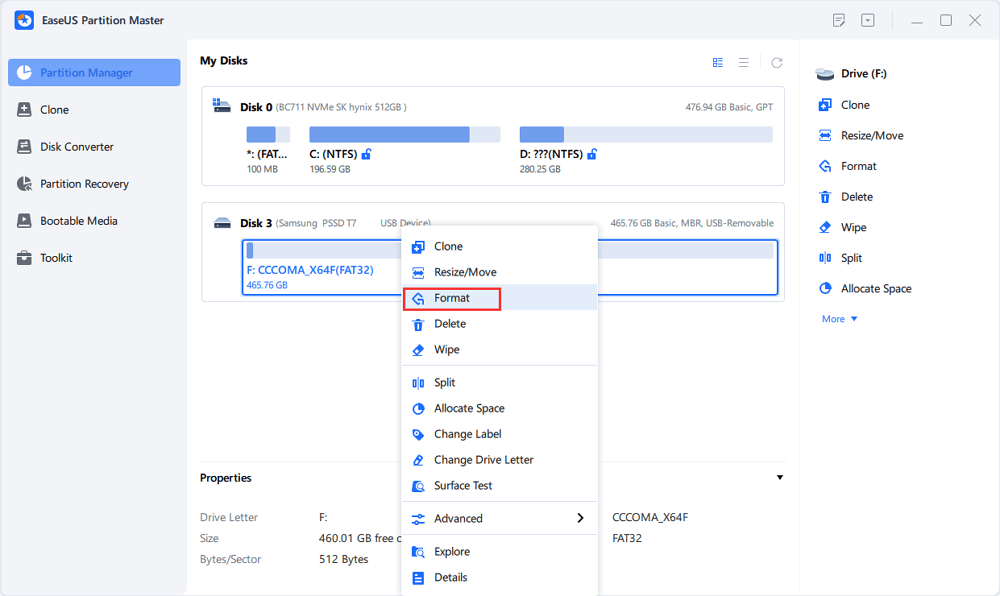
Step 2. Assign a new partition label, file system (NTFS/FAT32/EXT2/EXT3/EXT4/exFAT), and cluster size to the selected partition, then click "OK".
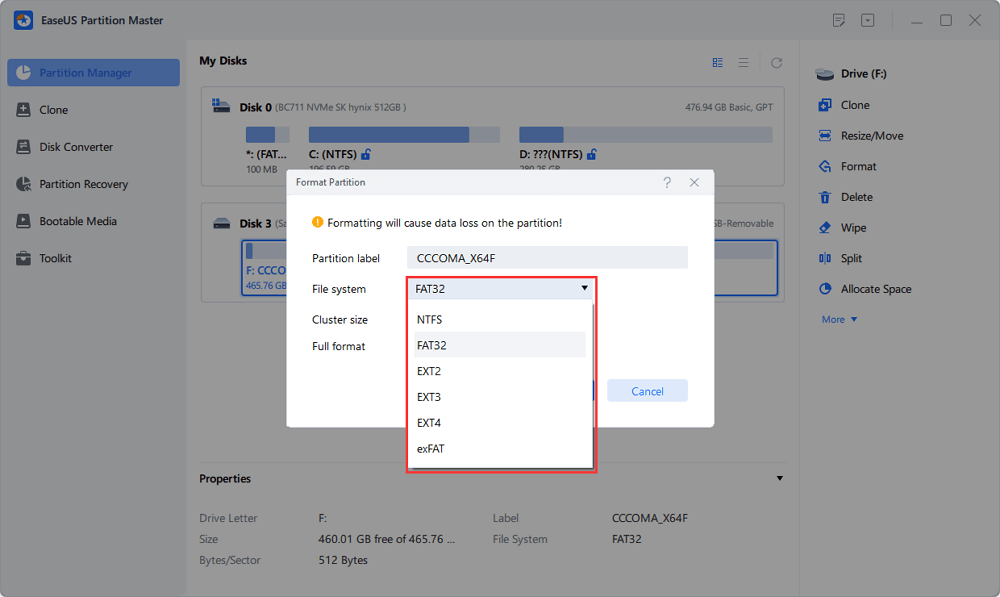
Step 3. In the Warning window, click "Yes" to continue.
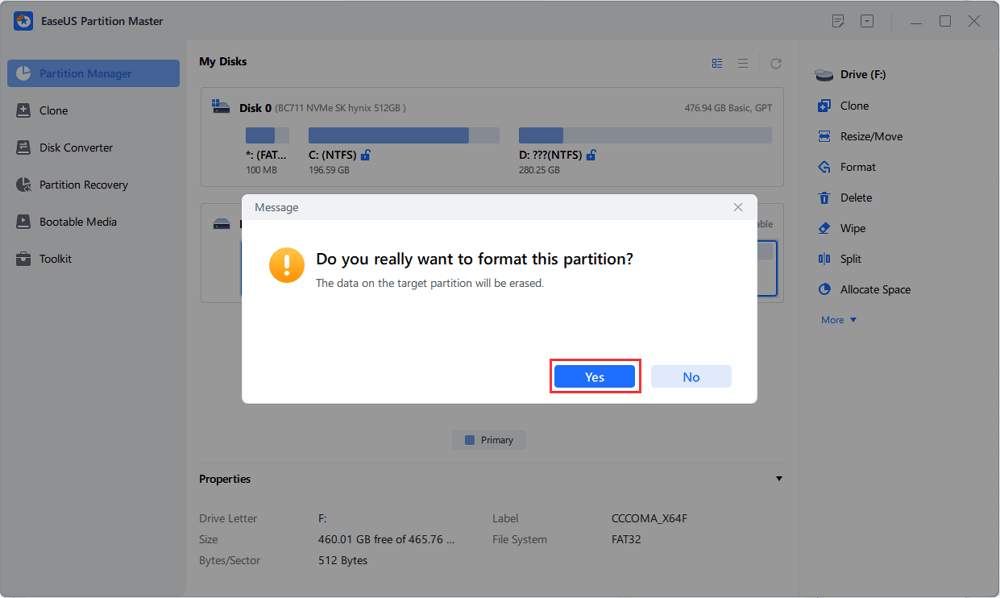
Step 4. Click the "Execute 1 Task(s)" button in the top-left corner to review the changes, then click "Apply" to start formatting your external hard drive/USB/SD card.
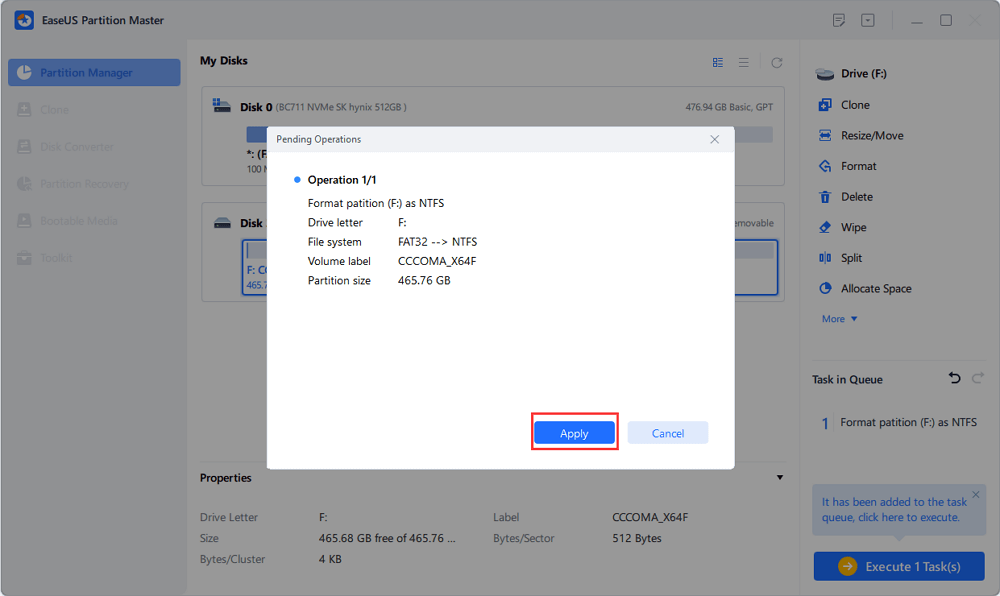
Besides, you can reformat your HDD through your Windows built-in tools, such as Disk Management or Diskpart. After you've successfully formatted your HDD to work on your Windows operating system, you can check to ensure your system can access the data.
You won't be able to access all of the stored data on your HDD if the file system of your hard drive is corrupt. Therefore, you might need to repair those damaged system files to restore your HDD to perfect working order.
Thankfully, the EaseUS Partition Master has your back in this situation too. With the help of its "Check File Systems" feature, you can locate your HDD and repair the file system in the following easy steps:
Step 1. Right-click the target partition that may have a problem.
Step 2. Choose "Check" > "Check File System".
Step 3. In the Check File System window, check the "Try to fix errors if found" option by clicking the "Start" button.
Step 4. Please wait patiently. After the process, you can click the "Finish" button to exit the window.
EaseUS Partition Master is an excellent tool for all your disk partitioning and management requirements. In addition to checking and fixing system files or directory corruption errors, the app is easy to access, straightforward to use, and quick.
Your chances of successfully fixing the Silicon external hard drive not showing up the issue are much better with the fixes above. But the problem can persist, and your system won't recognize your device due to driver issues. In addition, your PC might not have the necessary or outdated drivers.
By using Windows Update, Windows will take care of updating your drivers. This is typically safe and trustworthy, as the drivers have undergone verification and will only be installed on your system if compatible.
Follow the steps below to update your HDD manually:
Step 1. Connect the external hard drive to your computer.
Step 2. Click on the "Start" menu and type "Device Manager" in the search box.
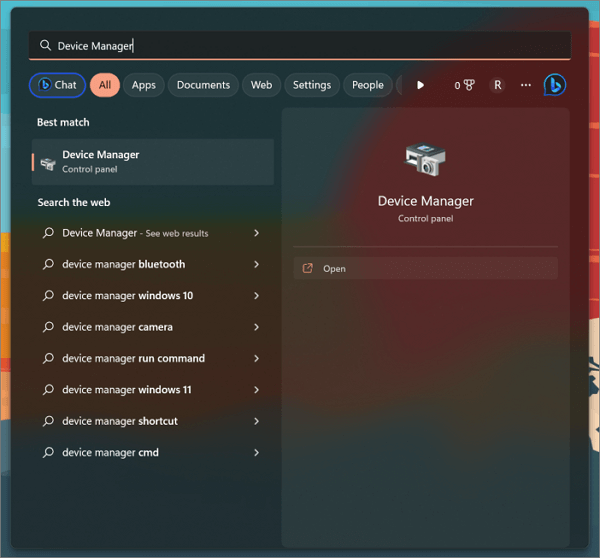
Step 3. Open the "Device Manager" window and look for the external hard drive under the "Disk drives" category.
Step 4. Right-click on the external hard drive, select the "Properties" tab and click the "Driver" tab.
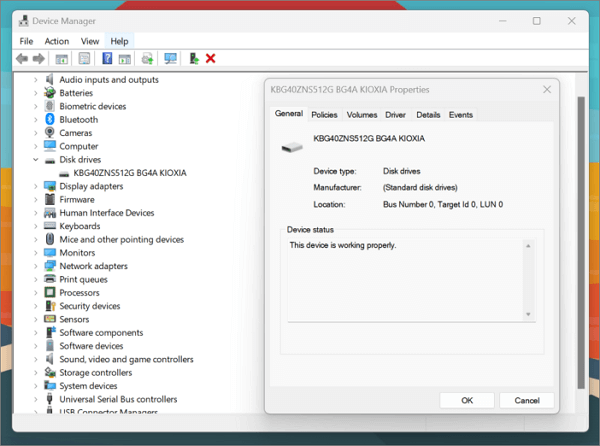
Step 5. Select the "Update Driver" button, and Windows will automatically update to the latest drivers.
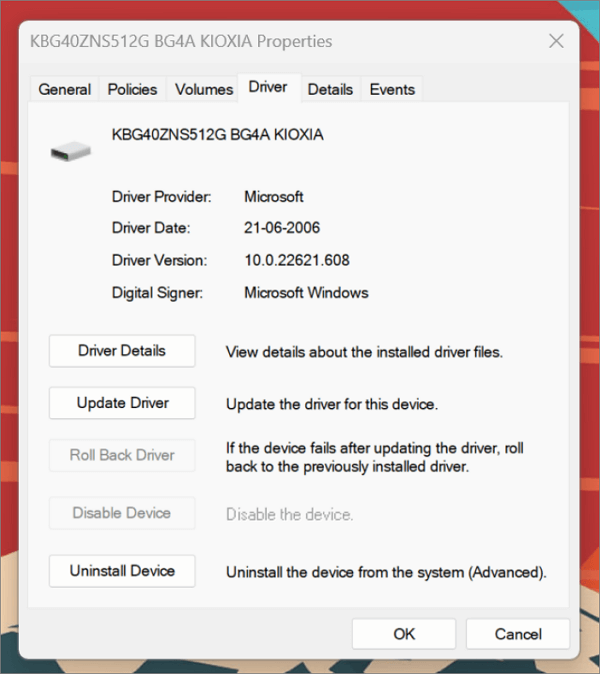
You can also update your device's drivers by visiting the manufacturer's website. However, if you want to download drivers manually, it is highly recommended that you go straight to the source. With this, you can confirm that the download and install process is secure and up-to-date.
Fix Silicon External Hard Drive Not Showing Up on Mac
If you want to solve the Silicon external hard drive not showing up on Mac, continue reading for all information:
Firstly, learn about what is NVRAM. Because NVRAM reset can help fix the hard drive not showing up issue. To reset NVRAM, follow the steps below:
Step 1. Restart the Mac or shut it down.
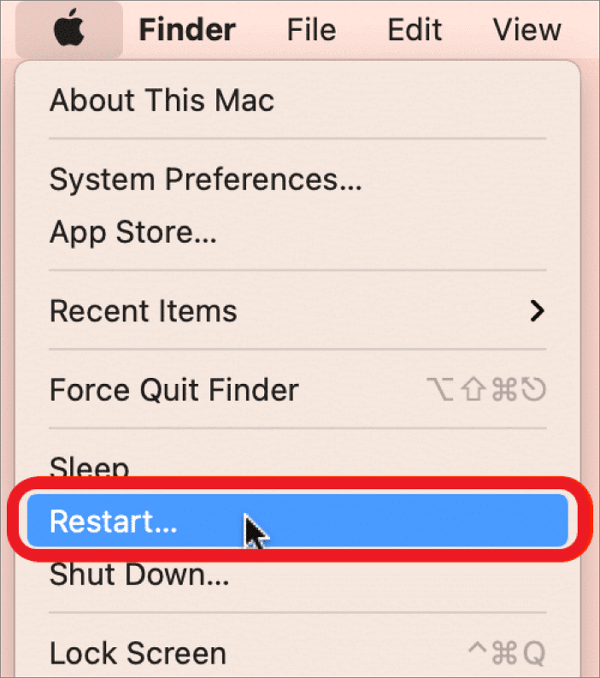
Step 2. Turn it back on while pressing the "Options + Commands + P + R" keys for at least 20 seconds. If the Mac appears to have restarted, release the button after the second start.
Your Silicon external hard drive can now be used on your Mac and should appear without issues.
2. Format the External Hard Drive
Using the built-in Disk Utility app, you can format a hard drive on a Mac. Here are the steps to format a hard drive on a Mac:
Step 1. Connect the hard drive to your Mac using a USB or Thunderbolt cable.
Step 2. Go to "Applications," then "Utilities," and look for "Disk Utility."
Step 3. Select the hard drive you want to format and click the "Erase" button.
Step 4. Choose the file system you want to use and give the hard drive a name.
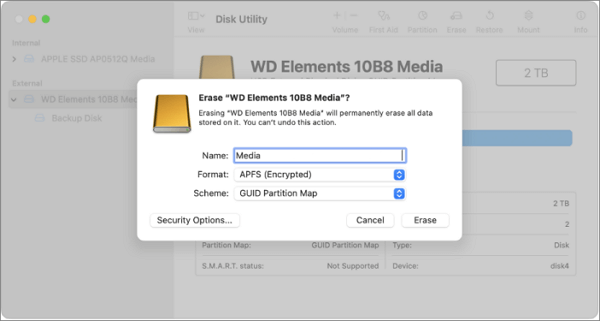
Step 5. Click the "Erase" button to begin formatting the external hard drive.
Once the formatting process is complete, you can use the hard drive on your Mac, and it should show up without issues.
Like the Windows fix, you should try using different ports and cables to connect your external hard drive to your Mac.
The port on your Mac might be damaged, so using a new port can help you fix the issue of the Silicon external hard drive not showing up.
Every program and process on your computer stops when you reboot it, giving you a fresh start and a faster, better-functioning computer. And sometimes, macOS is why the USB disk doesn't boot. By simply restarting, the problem can be fixed.
Step 1. Open the "Apple" menu and choose "Restart" to restart.
Or you can:
Step 1. Hold the power button and select "Restart" from the dialog box that appears.
Conclusion
Typically, a port, cable, or device malfunction that results in a Silicon external hard drive not showing up can be fixed by replacing the cable or restarting your PC. However, if that does not work for you and your hardware is in perfect working order, there must be compatibility concerns with your Mac or Windows and the file system on your HDD.
Therefore, it is advised to use EaseUS Partition Master to efficiently manage your drive and repair your hard drive's incorrect or corrupted file system. In addition, it will guarantee data security and assist you in determining whether your hard drive has any malware or viruses causing it to be unrecognizable by checking hard drive health.
We also prepare some excellent content about hard drive problems. Click the links below to get more information:
FAQs About Silicon External Hard Drive Not Showing Up
Hopefully, you can fix the problem of your Silicon external hard drive not showing up on your Windows and Mac. However, if there is anything else you would like to know, please see the FAQs listed below.
1. How do I fix my external hard drive not being detected?
You can fix your external hard drive not being detected by following a few quick fixes. Follow the solutions below to get started:
Step 1. First, download and update hard drive drivers.
Step 2. Next, replace the cable or port.
Step 3. Finally, reformat the hard drive with the correct file format.
You can also use Device Manager and choose the external hard drive that needs to be updated, then automatically update it with the latest drivers.
2. What causes a hard drive not to be detected?
It could be because of the following reasons:
- Hardware malfunction (damaged cable, hub, or HDD).
- Inadequate or missing drivers.
- A file system format that is incorrect or corrupt.
3. Why is my external drive not showing up on Mac?
Suppose your external hard drive is not detected. In that case, there may be several potential causes, including a corrupted drive, a faulty connection, insufficient drivers, or a drive incompatible with your system.
Was This Page Helpful?
Cici is the junior editor of the writing team of EaseUS. She accepted the systematic training on computers at EaseUS for over one year. Now, she wrote a lot of professional articles to help people resolve the issues of hard drive corruption, computer boot errors, and disk partition problems.
Related Articles
-
How to System Restore Mac in 2 Ways [2025 Updated]
![author icon]() Dany/2025-02-25
Dany/2025-02-25 -
How to Factory Reset Mac Without Keyboard? Keyboard Not Working
![author icon]() Dany/2025-02-25
Dany/2025-02-25 -
Can I run Win 10 with 2GB RAM?
![author icon]() Daisy/2025-01-24
Daisy/2025-01-24 -
White Light of Death PS4: Quick Solutions Without Data Loss
![author icon]() Brithny/2025-01-24
Brithny/2025-01-24
EaseUS Data Recovery Services
EaseUS data recovery experts have uneaqualed expertise to repair disks/systems and salvage data from all devices like RAID, HDD, SSD, USB, etc.